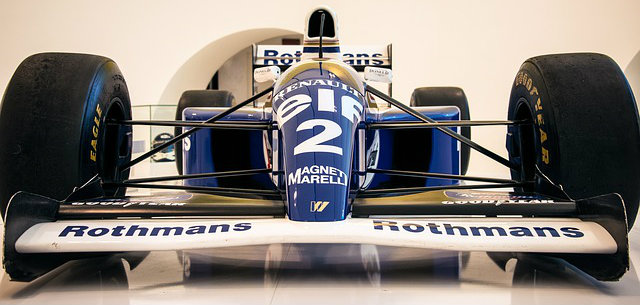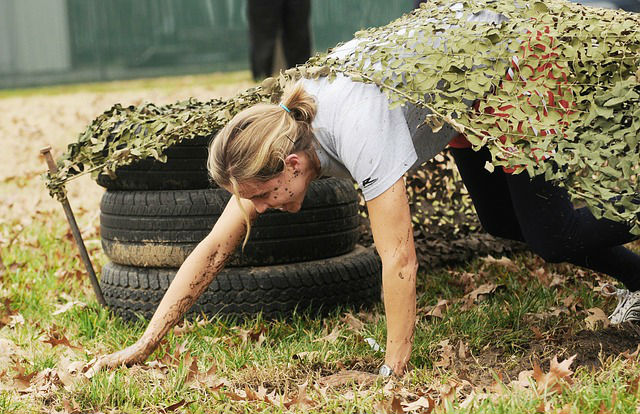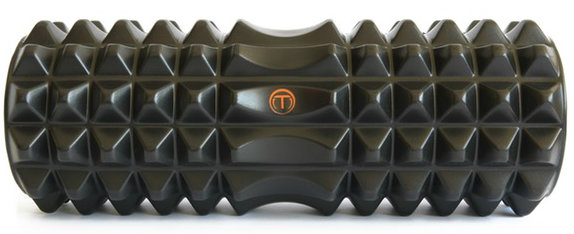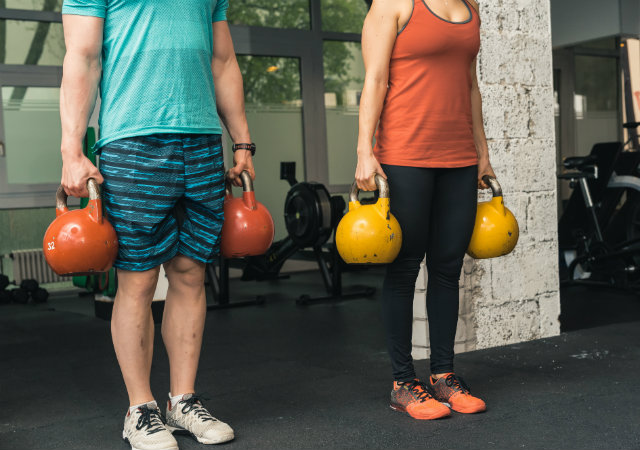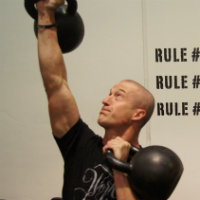 Reading Time: 6 minutes
Reading Time: 6 minutesWhat if you had to write an exercise program for someone (or for yourself)? Where would you start? Would you start with basic bodybuilding movements or would you go for the big three power lifts?
Right now, in gyms all over the world, people are answering these questions. And right now, their clients are getting bigger and stronger. But what if “bigger” and “stronger” are only the answers to a very small number of questions and we, the general public, has been led astray by sports strength and conditioning?
What I mean by this is that while I understand that technology from Formula One eventually trickles down to the road cars we drive, I don’t want to be trying to drive a screaming beast of a machine to the local supermarket every day. Perhaps a focus on performance enhancement isn’t what most people need.
So what would you pick as the best ways to create a better human physically? And what if we also imagine that you as the coach — whether you’re the coach to someone else or coaching yourself — are not allowed to say a word to your “client.” Let’s work through this and see what we come up with.
Step 1: Before You Can Walk, You Must Crawl
The exercises you choose must be movements that have as close to zero chance of hurting yourself or anyone joining you in your training. That means they’ll need to be exercises that do not involve weights, are close to the ground, and develop mobility so we can build off that later. I’m going to pick crawling here.
Crawling has been a hot topic in the mainstream fitness media for about a year now. Like technology in Formula One it has slowly trickled into Muscle & Fiction. But if you look back in fitness history, you’ll see Ginastica Naturale using crawling movements as well as elements of it in The Natural Method. It has become more popular recently with groups like GMB Fitness, Original Strength, and Ground Force Method utilizing it, and has even been taken to crazy levels by the Ido Portal Method.
In other words, crawling has actually been around for a long time.
Crawling achieves many things:
- Develops close chain hip and shoulder stability
- Reinforces correct gait mechanics
- Teaches core stability and anti-rotation
- Helps develop full range of motion at the hips
You’d think crawling would be easy to use in a fitness setting, given we’ve all done it at some point. But the sad reality is most people crawl terribly and won’t get any benefit from it.
Most people turn what should be a movement balanced on two points into a tripod. Just like walking, our hands and feet should move together when we’re crawling. You don’t walk and have your hand arrive at the end of its swing before the foot touches down. That would be weird. The hand and foot start the journey together and finish together.
When we crawl, our opposite hand and foot should leave the ground together and touch down together. When they touch down there should be no noise. Any scuffing or slapping on the ground is the sound of inefficiency. And your butt shouldn’t be up in the air. If you picture a lion stalking its prey, you will have a good mental picture for how crawling should look.
But how do I convey all that without saying a word?
I put a foam roller along your spine.
If you are lazy and allow the body to rotate or dip to one side, the roller will fall off. If you stick your butt up too high, it’ll fall off. And because you’ll be forced to take smaller steps to avoid the roller falling off, you’ll be quieter, too. So, with the simple use of a foam roller, you can coach yourself or guide your workout partners.
People are often amazed at how much harder crawling is when done like this. My clients at RPT know when I head for the foam rollers that things are about to get substantially more difficult. (And these days this is about our only use for foam rollers, by the way.) And once we have the basics of crawling, we move onto harder and more demanding versions that further tax and develop mobility and coordination.
Step 2: Once You Can Walk, You Can Carry
In order to create a better human, we do need to add in load. But to ensure simplicity, we need to add it in a way that adheres to my “zero communication” rule and minimizes risk of injury.
The simple answer? Loaded carries.
My opinion is that too many people try to go too heavy with loaded carries, just like they do with every other exercise. While there are benefits to heavier carries, I think there are more benefits to performing them for longer, with sets lasting between thirty and sixty seconds.
Loaded carries will:
- Improve grip strength
- Improve shoulder stability
- Develop core strength in a real-world setting
- Develop foot and lower-limb strength essential for running
- Set the stage for higher-level skills such as running or heavy squats and deadlifts
Now, I have to break my rule for zero communication here a little. I need one sentence for farmer walks: “Be tall.” That’s it.
Here’s where coaching without coaching comes into all of this — and why this whole concept applies to you when you’re working out by yourself:
Telling people to “switch their glutes on” or “engage their core” or “apply a 40% contraction to multifidus” is a load of garbage.
The body doesn’t act that way. You don’t walk down the street and say to yourself, “Left foot, right foot, fire tibilais anterior, relax vastus medialis…” Nope. That’s not how we learn movement of any kind. In fact, that sort of cueing is only a positive for rehab and bodybuilding where you do need an internal focus. It is far better to focus on achieving the desired outcome and let the body figure it out for itself.
Note: I’m going to be honest to any trainers reading this. Your clients are initially going to be lost without you to spoon-feed them. But unless you plan to be with them 24/7 to remind them how to do everything, then they need to learn to take what you’ve given them in the gym and apply it to real life.
A Workout Program That Actually Works
I’ve experimented with just about every training plan you’ll ever see or hear about. I’ve done 25-plus hours of training a week doing all endurance work. I’ve done 25-plus hours a week of combined strength and endurance work. And I’ve done 20-plus hours a week of strength plus endurance plus martial arts training. All this to say, I’ve tried a lot and seen what actually works.
I’m not going to continue the fitness industry trend of hollow promises.
Crawling and carries as outlined here are not the only training plan you’ll ever need. However, they should form a large part of your training. If you do make them a central theme to your exercise plan, you’ll be surprised at how little extra you really need — and how capable you are of being your own trainer.


